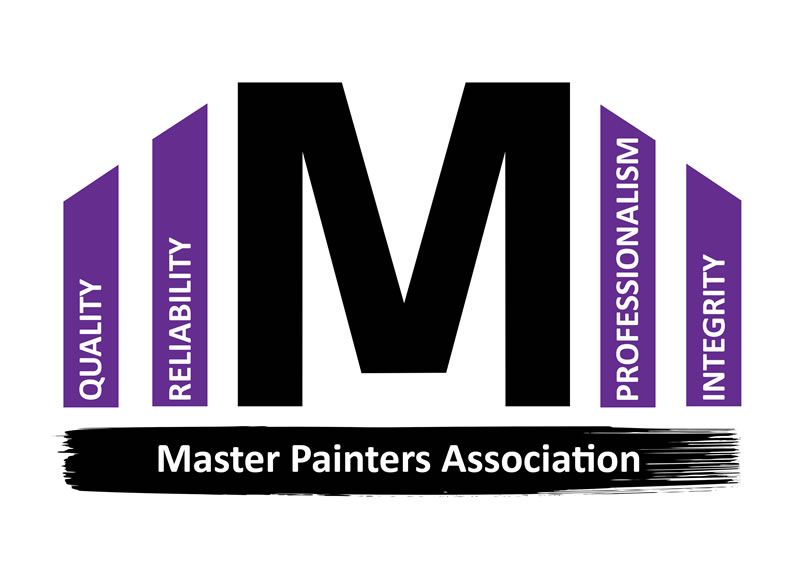There is a perception that the perfect painting or waterproofing contract is like a mythical creature, which is heard of and never spotted. Sightings are heard of and spoken about by a few eccentric characters who are ridiculed by their peers. We are all aware that when people are involved the possible existence of this “creature” becomes even more unlikely.
I am an optimist and as such I would like to believe that with the right attitude and commitment as well as skills placed in the right areas the perfect paint contract can be achieved. Here is my utopic picture of what the perfect painting contract would look like.
At a meeting between the client and the contractor time line is discussed where inclusion is made for specifications to be drawn up and a full assessment of the building is done. The client happily understands that these things take time and is willing to wait for quality.
The building or buildings are inspected with the client and a qualified specification or third party. This inspection produces a report on all failures and defects as well as possible problem areas requiring a long term solution. Traditional problem areas or parts of the job which would not possibly carry guarantees are pointed out. Our perfect client understands these concerns and can make informed decisions for future maintenance.
The specification: a reputable manufacturer draws up a detailed and site specific specification which contains all substrates to be coated. The specifications are not generic in nature or wide open to interpretation. They include preparation and product application information such as wet film requirements and dry film requirements. Data sheets are attached. Any exclusion is documented. A life expectancy schedule is included, where the respective substrates and areas are described according to the number of years until maintenance will be required. The document makes provision for acceptance by the client and contractor.
The scope of work is documented in such a way that inclusions and exclusions are clearly identified in line item form. All parties understand what will be priced on. The client agrees to all exclusions as they are clearly defined in a document. The scope of work and specification are bound to each other.
When it is time to price the contract forwarded to the client includes both scope of work and specification. Time lines and work schedule should be included in this phase as it is vital that both parties agree that payment will be done on progress and not merely time related payments. For the sake of keeping this article nice and brief we will not dwell on the contract or the work schedule or the payment breakdown, less to say that a fair negotiation was done and all parties are happy. (This may yet be why this mythical perfect job is found to be extinct).
Commencement and site establishment is done with all the logistics of storage, ablutions, safety, documentations on site and introductions attended to. The client and or representative are on site and letters have been sent out to tenants detailing the start and projected completion dates. The supervisor on site as well as the staff are introduced to the client. The client has elected a champion of the project, through whom all communication will take place from their side. This person has a good understanding of the scope and specification.
Production on site as the contract is carried out is measured and checked by the supervisor on a daily basis. Quality is assured through weekly or bi-weekly inspections by a qualified third party, who reports on progress, workmanship, measures application and records all in detailed reports. Weekly visits are undertaken with the client, manufacturer, site agent, 3rd party and project champion present. The notes of these meetings are posted on a notice board. Access is granted to applicators as needed. The quality of the workmanship is discussed as well as progress and progress related payment. For the sake of this article we will not delve into payment timing or securing of payment. (Again this may be why we believe the perfect job to be a myth).
Communication between all parties is done throughout the work period. The client has a record of all transactions on site as well as reports from the third party. Points of contract attend to any issues which may arise.
Upon completion the snag lists which are done during the weekly meetings are handed back to the client and have been signed by the third party as well as the applicator. There are of course very few snags as this is the perfect job. Once the manufacturer gives the guarantee, which tied to the life expectancy of the product and workmanship guarantee, the client signs acceptance. At this time the more frequent maintenance items are discussed and the possibility of the same contractor returning to address the intermediate maintenance items is proposed. Of course this will be accepted as this is the perfect job.
I do not propose that if all these aspects are covered that we will ever see this “mythical” perfect job, but we will be a lot closer to it and we might even get others to believe in it. The more we try to achieve perfection the closer we will get to it.
Happy Hunting
Mark Warneke

